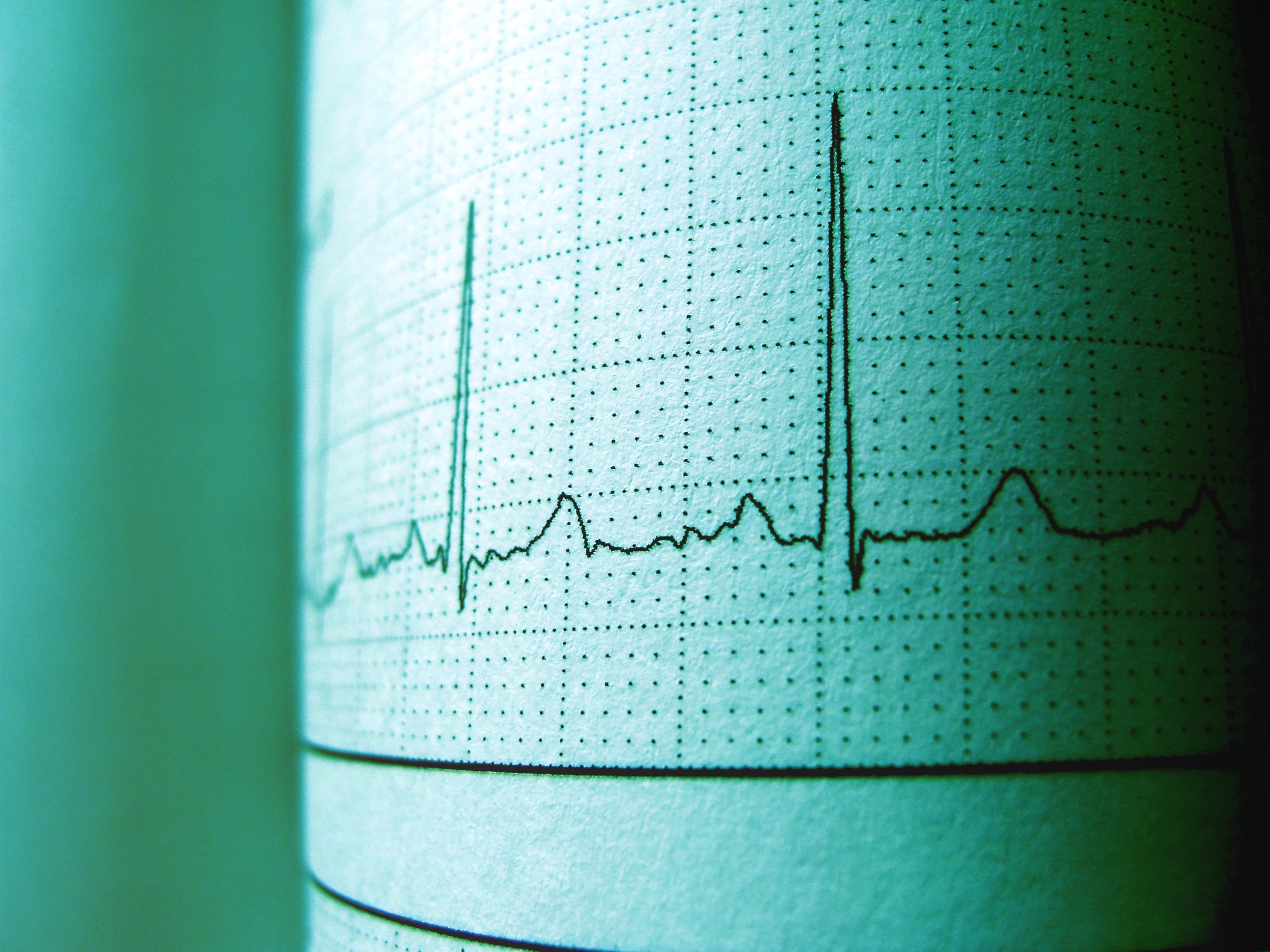The Role of Lactate in Sepsis Research
04 August 2019
Sepsis reportedly affects up to 30 million people each year. Lactate levels play a key role in diagnosing the condition and limiting its impact, as well as researching it's progression and developing possible treatments. Here's how.

Sepsis is a medical condition and emergency, the definition of which has proven difficult and is based on fairly recent developments and research. It is the result of an immune response to bacterial infection which gets into a patient’s blood and can become fatal as the body responds by injuring its own organs and tissues.
According to WHO, sepsis reportedly affects up to 30 million people each year, 6 million of whom potentially die as a result. It is responsible for the majority of patient deaths whilst in adult intensive care (ICUs) as multiple organ failure develops from sepsis and septic shock, where blood pressure drops dramatically and denies oxygen to vital organs.
Low to middle income countries are more heavily affected, with one in ten deaths arising from pregnancy and childbirth thought to be a direct result of maternal sepsis. It's also in the top 10 diseases in America leading to mortality. Sepsis can arise from any infection although some people are more vulnerable, including people with HIV/AIDS, elderly people, neonates and those with autoimmune diseases.
Diagnosis and treatment is extremely difficult, since sepsis commonly presents with a variety of symptoms and signs as it progresses, whilst the condition requires early intervention if effective treatment is to be administered. Antimicrobial resistance (AMR) provides further complication. The likelihood of a patient dying from sepsis increases by 7.6% each hour that treatment is not administered.
Early diagnosis of sepsis is imperative to the successful treatment and recovery of the patient. Diagnostic tests such as a patient’s breathing rate, temperature and heart rate are often utilised to establish if sepsis is present, while the type and location of infection is investigated through tests including imaging studies, urine or stool samples, respiratory secretion testing and wound cultures.

The Importance of Lactate
Lactate measurement plays a key role in determining if sepsis is present.
Lactate is usually produced and released into the bloodstream as a result of anaerobic cell metabolism (when oxygen demand is higher than supply) and present at a concentration of 1 – 1.5 mmol/L, however when there is insufficient oxygen to allow activity in a patient’s cells, lactate levels become elevated to above 2 mmol/L. Lactate levels higher than 4 mmol/L requires immediate patient resuscitation and intensive care. Elevated lactate levels in sepsis are a strong indicator of mortality.
Although there is much yet to be established regarding the specific causes and processes involved with the onset of sepsis and septic shock, there have been several important developments in the last two to three years that have proved invaluable in developing our understanding of the condition.
Redefining Sepsis
A new definition of sepsis was announced in 2016 at the 45th Critical Care Congress, known as Sepsis-3, aiming to standardise the classification of sepsis to enable more concise and effective clinical care and research. Sepsis is defined as life-threatening organ dysfunction caused by a dysregulated host response to infection.
In addition, a “Sequential [Sepsis-related] Organ Failure Assessment Score” (SOFA score) was added, which involves allocating points demonstrating pathological changes to 6 organ systems. If there is a 2 or more point increase in the total SOFA score following a score of 0 and an infection has also been identified, then a diagnosis of sepsis is given.
Recent Developments In Research
It was previously thought that lactate production was a byproduct of anaerobic metabolism, however it is increasingly accepted that it is a normal byproduct of glucose metabolism: Metabolising into CO2 and water unless the production of lactate exceeds oxidative capacity.
The process is not yet fully understood, however several recent studies have indicated that both anaerobic and aerobic sources elevate lactate in sepsis, which is then compounded by a decrease in the body’s ability to clear it. Studies have shown that an increase in lactate production is probably not due to hypoperfusion and hypoxia, but rather when sepsis is present lactate is produced partly as a response to beta-2 adrenergic receptors being stimulated, which then up-regulates glycolysis. Pyruvate levels are increased, which is converted into lactate as levels are too high to be subsequently used by the mitochondria as part of the tricarboxylic acid cycle.
Furthermore it has been suggested that sodium lactate could be beneficial to sepsis patients (notably in improving renal function) and is safe to administer as it could have a protective effect. The consensus appears to be that further evaluation is needed and it would be beneficial for lactate to be further tested as resuscitation fluids, preferably in a large scale randomised clinical trial.
Research Outcomes & Impact
In May 2017 WHO responded to the epidemic with a resolution on sepsis which involved working on the public health impact of the condition by providing support to countries via the Infection Prevention and Control (IPC) global unit at WHO headquarters.
Healthcare bundles have also been introduced by a number of organisations and initiatives, focussing heavily on quick action in establishing the source of the infection whilst also prioritising the administration of broad spectrum antibiotics and fluids, imperative in effectively treating sepsis.
The Sepsis Six – The Sepsis Trust (introduced in 2005)
1. Titrate oxygen to a saturation target of 94%
2. Take blood cultures and consider source control
3. Administer empiric intravenous antibiotics
4. Measure serial serum lactates
5. Start intravenous fluid resuscitation
6. Commence accurate urine output measurement
Hour 1 Bundle – Surviving Sepsis Campaign 2016
Measure lactate level*
Obtain blood cultures before administering antibiotics.
Administer broad-spectrum antibiotics.
Begin rapid administration of 30mL/kg crystalloid for hypotension or lactate level = 4 ?mmol/L.
Apply vasopressors if hypotensive during or after fluid resuscitation to maintain MAP = 65 mm Hg.
* Remeasure lactate if initial lactate is elevated (> 2 mmol/L).

Bundles like these enable more effective, faster administration of multiple treatments during key early phases and help to maintain consistent approaches to care in various institutions and countries.
Shockingly it has been found that a staggering one in six patients who survive sepsis die within a year of leaving hospital, with a further six to eight per cent of sepsis patients who recover from the condition die every year in the subsequent five years.
This number highlights the need for comprehensive follow up treatment and physical aftercare. In addition, it has been suggested by Dr Ron Daniels, Chief Executive of The Sepsis Trust that the 15% in 12 month mortality rate in sepsis survivors could be due to:
“Some succumbing to reinfection, whilst others may have taken their own lives due to the psychological difficulties suffered by many following the complication.”
Although the study focused on those admitted to intensive care, who are therefore more likely to suffer complications, the study compounds the devastating impact of sepsis on those it affects as profound, long term and reaching beyond the physiological.
Promising Developments
As mentioned an urgent need exists for further methods of treatment once sepsis has been identified due to the need to establish the specific bacterial origin of the infection coupled with widespread drug resistance.
Earlier this year a non-antibiotic therapy was presented by researchers at RCSI (Royal College of Surgeons in Ireland) which “can be used at all stages of infection against all bacterial causes” According to Principal investigator Professor Steve Kerrigan, associate professor in pharmacology at RCSI and inventor of InnovoSep.
InnovoSep acts by stabilising blood vessels and thereby preventing the bacteria from entering the bloodstream and infecting organs. A pre-clinical trial has shown promising results in both patients who have received a sepsis diagnosis and for those with severe infection, to prevent progression.
Research into sepsis and potential treatments is carried out in major research facilities across the world and new initiatives continue to facilitate raising awareness of key symptoms and how to approach the delivery of treatment administration in a cohesive manner. The Sepsis Trust, for example, offers “Train the Trainer” sessions to enable effective education in healthcare facilities. With increased knowledge and understanding of sepsis amongst the general public and healthcare professionals, coupled with advancements in both research into its mechanisms and treatment we have the best arsenal possible for reducing the frequency, severity and impact of the disease looking forward.
References
Daniela Berg, Herwig Gerlach Recent advances in understanding and managing sepsis Published online 2018 Sep 28
Sa/rtelli M, Kluger Y, Ansaloni L, et al. Raising concerns about the Sepsis-3 definitions. World J Emerg Surg. 2018;13:6. Published 2018 Jan 25. doi:10.1186/s13017-018-0165-6
Gibot, Sébastien. "On the Origins of Lactate during Sepsis." Critical Care 16.5 (2012): 151.
PulmCrit. Understanding lactate in sepsis & using it to our advantage. Retrieved from: http://emcrit.org/pulmcrit/understanding-lactate-in-sepsis-using-it-to-our-advantage/)
Links
The Sepsis Trust https://sepsistrust.org/
InnovoSep https://www.eurekalert.org/pub_releases/2019-03/r-pnd030719.php

